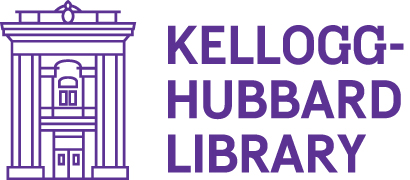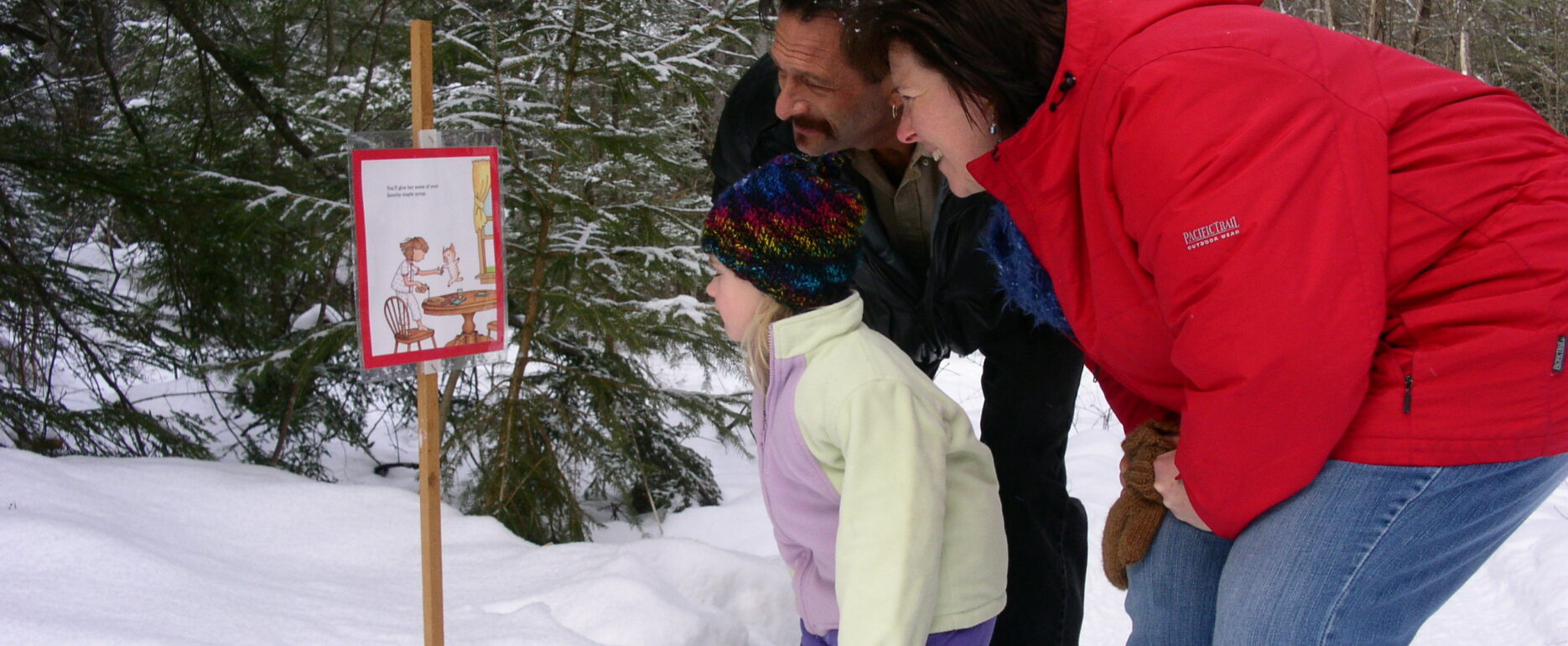Written by Anne Ferguson, StoryWalk Founder
When I created the StoryWalk Project in 2007, I knew I had a great idea; I just didn’t anticipate how well it would be received across the country and beyond. The idea was quite simple actually. Take the pages from a children’s picture book, attach each one to a stake and line them up along a path for folks to read and enjoy.
One of my supervisors told me that the secret to promoting a health message was “partners, partners, partners,” as many and as varied as possible. I was working as a chronic disease prevention specialist at the time and knew that I wanted to create something different, fun, and interesting. I had tried some different approaches involving children but found that the parents stood around chatting while the children were physically active. I knew I wanted to create something where the parents had to be as active as the children. Active parents have active children and physical activity is a key component to chronic disease prevention.
In order to keep people of all ages moving along on a walk, I knew I needed books with minimal text that would appeal to all ages (especially children) and that could fit into families’ busy schedules. I wanted my project to be free so financial limits would not interfere with people enjoying it. I fleetingly thought about writing a children’s book myself but knew there were already marvelous, funny, beautiful, and moving stories available.
I wanted to use existing books but didn’t know about the legalities of doing that. I made some calls and found out that if the book is used without altering the text or the page in any way (shrinking, copying, or enlarging the pages), I could use it without needing to ask for permission.
I had no money and no staff for this idea so I knew it would have to be self-generated. I contacted the early literacy person at the Vermont Arts Council who immediately gave me $250 to start the project. My employer gave me one month to try it. I purchased David Ezra Stein’s book Leaves and started preparing it for posting. I selected the most popular path in our local park and put out a notebook for feedback.
The response was tremendous and positive. Unfortunately, my employer told me I couldn’t continue focusing on StoryWalk. So I went ahead with it on my own time. I applied for and got a grant so I could purchase more books, lamination, and stakes.
I learned a lot about how to prepare the books for posting. I learned that I needed to number the pages on the back to ensure that they were posted in the correct order, I learned that it is best to use Velcro® on the stakes and the book pages, I learned that I could loan the StoryWalk books out through my partner, the Kellogg-Hubbard Library. I learned that the partners in my community that were interested in this project included state and local parks, schools, nature centers, child care centers, farmers markets, walking path promoters, special event promotions, but most of all, libraries.
Vandals are a recurring challenge. They seem to be threatened by a story about Gossie, a small duck who has misplaced his red rubber boots. A range of approaches has been used to address this issue, some with greater success than others. The Velcro® makes it easy to take down the pages before dark and post them again in the morning. Vandals prefer the cover of darkness.
StoryWalk was never designed to be a money-making project. In fact, it is now supported solely by donations from the public. It has always been about promoting early literacy, physical activity, and family time together in nature. Its success is due to partners, partners, partners that understood from very early on how this idea could be used to bring a fun and educational family activity to their community. That is indeed the reason that in the 10 years since I created StoryWalk, it has spread to (at the last count) all 50 states and 12 foreign countries. People everywhere are encouraged to bring it to their community.
Without the support of the library and in particular, Rachel Senechal, Program Director and Development Coordinator, this project would not be as well known and widespread as it is today.

